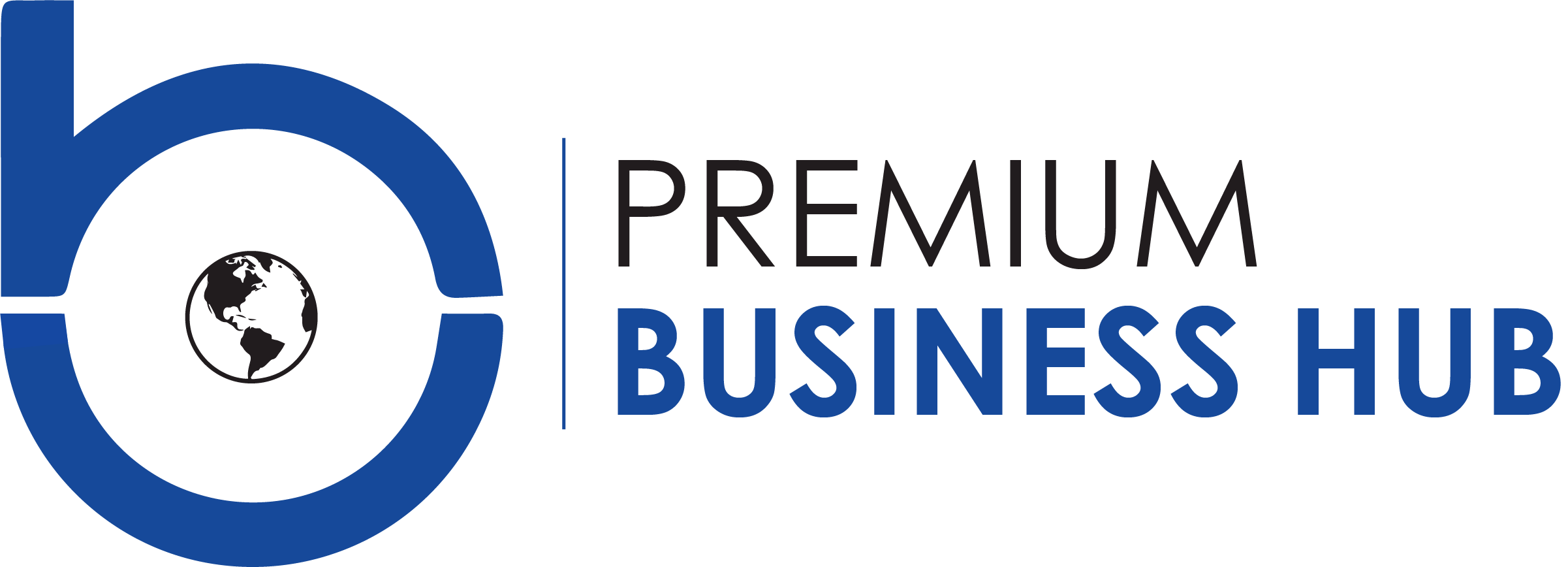Reverse Mortgages vs. HELOCs: Understanding Key Differences to Maximize Home Equity

Introduction
As homeowners navigate their financial futures, accessing home equity often becomes a pivotal consideration. Two of the most common strategies for leveraging home equity are reverse mortgages and Home Equity Lines of Credit (HELOCs). While both options allow homeowners to unlock the value in their homes, they differ in terms of eligibility, repayment structures, loan amounts, and how they affect heirs. This comprehensive guide will delve into the key distinctions between these two financial products, empowering homeowners to make informed decisions based on their needs and long-term goals.
Understanding Home Equity
Before diving into the specifics of reverse mortgages and HELOCs, it’s essential to grasp the concept of home equity. Simply put, home equity is the difference between the market value of your home and the outstanding balance on any loans or mortgages secured against it. For many homeowners, equity represents a significant portion of their overall wealth. By tapping into this equity, homeowners can access funds for various purposes, such as covering unexpected expenses, financing home renovations, consolidating debt, or supplementing retirement income.
Reverse Mortgages Explained
A reverse mortgage is a loan specifically designed for homeowners aged 62 and older, allowing them to convert a portion of their home equity into cash without requiring monthly mortgage payments. Unlike traditional loans, the lender pays the borrower either in a lump sum, monthly installments, or as a line of credit. One of the key features of a reverse mortgage is that repayment is deferred until the borrower either sells the home, moves out permanently, or passes away. This loan option is especially popular among retirees looking to bolster their retirement funds or manage expenses in their later years.
Key features of reverse mortgages:
- Eligibility: Must be 62 years or older and live in the home as the primary residence.
- No income requirements, but borrowers must show they can cover property taxes, insurance, and maintenance.
- No monthly mortgage payments, and repayment occurs when the home is sold or the borrower moves out/dies.
- The loan amount is determined by the homeowner’s age, the home’s value, and current interest rates, with older homeowners generally qualifying for higher amounts.
Read also: Title Loan Near Me
HELOCs Explained
A Home Equity Line of Credit (HELOC) is a revolving line of credit secured by your home’s equity. Unlike a reverse mortgage, which typically caters to older homeowners, a HELOC is available to homeowners of all ages who meet the necessary income and credit score criteria. With a HELOC, homeowners can borrow as needed, up to a specified credit limit, much like a credit card. The draw period typically lasts 5 to 10 years, during which borrowers only make payments on the interest. Afterward, the loan enters a repayment period, during which both principal and interest must be repaid.
Key features of HELOCs:
- Eligibility: Homeowners must demonstrate sufficient income and a good credit score to qualify.
- Age is not a factor, making HELOCs accessible to a broader range of homeowners.
- Monthly payments are required, with the initial payments covering only interest during the draw period, followed by principal and interest payments during the repayment period.
- The loan amount is based on the homeowner’s creditworthiness, income, and home equity, with limits generally set at 85% of the home’s appraised value.
Key Differences Between Reverse Mortgages and HELOCs
Though reverse mortgages and HELOCs both provide ways to access home equity, their structures and purposes vary significantly. Let’s explore the primary differences between the two.
1. Eligibility Requirements
- Reverse Mortgages: The borrower must be at least 62 years old and the home must serve as the primary residence. No income or credit score requirements exist, but the homeowner must demonstrate the ability to pay property-related expenses, such as taxes and insurance.
- HELOCs: Homeowners must have a strong credit score, stable income, and sufficient home equity. Unlike reverse mortgages, HELOCs are available to homeowners of all ages, and there is no age limit.
2. Repayment Structure
- Reverse Mortgages: One of the key benefits is that no monthly mortgage payments are required. The loan is only repaid when the borrower sells the home, moves out, or passes away. This makes reverse mortgages attractive to seniors looking for extra cash flow without adding another monthly expense.
- HELOCs: Borrowers are required to make monthly payments, typically interest-only payments during the draw period, followed by full payments of principal and interest once the draw period ends. Failure to meet these payments could result in foreclosure.
3. Loan Amounts
- Reverse Mortgages: The loan amount is based on factors such as the homeowner’s age, the value of the home, and current interest rates. Older homeowners can access more funds since the loan term is expected to be shorter.
- HELOCs: The amount available to borrow depends largely on the homeowner’s credit score, income, and the equity in their home. Lenders typically allow homeowners to borrow up to 85% of their home’s appraised value, minus any outstanding mortgages.
4. Flexibility and Use of Funds
- Reverse Mortgages: Borrowers can use the loan proceeds for virtually any purpose—whether it’s to cover healthcare costs, daily living expenses, home improvements, or simply to enhance retirement income.
- HELOCs: Like reverse mortgages, HELOCs are flexible and can be used for various expenses, but are often used to finance home improvements, pay off high-interest debt, or cover education costs. Unlike reverse mortgages, the available funds decrease as the borrower repays the loan during the repayment period.
5. Impact on Heirs
- Reverse Mortgages: When the borrower passes away, heirs are left with several options. They can either repay the loan and keep the home, or sell the home to settle the debt. If the home is worth less than the loan balance, the lender cannot pursue the heirs for additional funds, as reverse mortgages are typically non-recourse loans.
- HELOCs: Heirs who inherit a home with a HELOC must decide whether to repay the outstanding balance or sell the home to cover the debt. Since a HELOC is a traditional loan, any remaining balance must be settled in full.
Which Option is Right for You?
Choosing between a reverse mortgage and a HELOC depends on your age, financial situation, and long-term goals. If you’re a senior looking to access home equity without monthly payments and want flexibility in how and when you repay the loan, a reverse mortgage may be the better option. On the other hand, if you’re younger or have strong income and creditworthiness, a HELOC could offer you access to funds for major expenses with a more structured repayment plan.
Conclusion
Both reverse mortgages and HELOCs offer unique advantages depending on your circumstances. Understanding the key differences between these two financial tools is essential in determining which option will help you make the most of your home’s equity. Whether you’re looking for extra retirement income or a flexible line of credit, carefully weighing the pros and cons of each option will enable you to make the best financial decision for your future.




